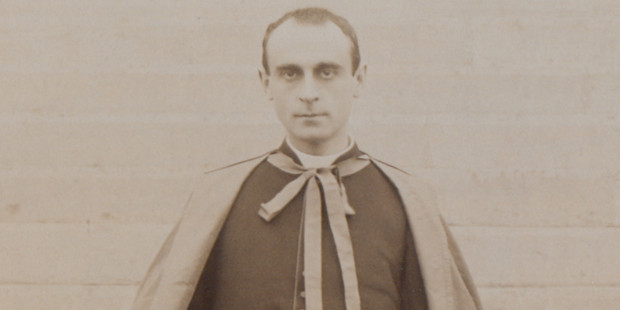Waterford Merchants and their Families on Distant Shores: Traders in Spain and France from 1600 to 1800
by Liam Murphy
(Kingdom Books, €24.00)
This is an account of the Waterford merchants who emigrated to the port cities of Spain, France and the Spanish Netherlands between 1600 and 1800 as well as the history of their families and descendants.
They were generally members of the Old English Catholic merchant oligarchy who had presided over the city prior to the Cromwellian invasion. Some had emigrated before the advent of Cromwell, but the forced emigration of most of them was due to the Cromwellian Settlement in the 1650s when, as Catholics, they lost all power in the city as well as their right to trade as merchants. The commonest surnames among those merchants were: Aylward, Comerford, Fitzgerald, Power, Walsh and White.
The book is beautifully shaped. Chapter one gives details of the history of the port of Waterford and of its overseas trade up to the mid-17th Century. Chapter two describes the history of the Waterford merchants and the measures taken against them which led to their loss of power and emigration to the continent.
Families
The succeeding chapters deal with the careers of these various Waterford merchants, their families and descendants in Malaga, Cadiz, Seville, Tenerife, La Coruna, Bilbao, St Malo, Nantes, Bordeaux, La Rochelle, Ostend and Bruges.
The narrative includes descriptions of dynastic families and larger-than-life personalities. Among the latter are Cardinal Nicholas Wiseman, Cardinal Rafael Merry del Val and the writer José Blanco White.
In 1850 Pius IX re-established the Catholic hierarchy in England and appointed Wiseman as Cardinal Archbishop of Westminster, the first cardinal to reside in England since the Reformation. Cardinal Merry del Val served in the Vatican as secretary of state from 1903 to 1914 and as secretary of the Congregation of the Holy Office from 1914 to 1930.
An indefatigable controversialist, Blanco White was aptly described as being “complex”. He began life as a Catholic, converted to Anglicanism and ended as a Unitarian.
Many of the descendants of the Waterford merchants had distinguished careers in the Spanish armed forces.
The Waterford merchants were involved in the slave-trade. Antoine Walsh who was descended from two Waterford families served in the French navy and thereafter in the 1720s settled in Nantes, then the hub of la trait des noirs, the Atlantic slave-trade.
This trade was triangular in nature with manufactured goods such as textiles, brandy and firearms being transported to Africa, where they were traded for African slaves. The slaves were then transported across the Atlantic to the French West Indian colonies of Martinique, Guadeloupe and Saint-Dominque (now Haiti), where they were in turn sold for sugar and tobacco for the European market. Antoine first served as a slave-ship captain before becoming a wealthy slave-merchant. Thus slavery cast its shadow over wealthy Catholic Ireland.
By and large the Waterford merchants on distant shores were remarkably successful in their commercial enterprises. Some were immensely wealthy by the standards of the time and they made generous donations to charitable works and the Church in Spain and in Waterford. Others exerted influence in the Royal Courts of Europe.
In an insightful concluding chapter, the author sets out the reasons for the commercial success of the émigrés Waterford merchants. One of the main reasons for that success was the Catholic Faith they shared with the people of their adopted countries.
This fascinating monograph will be warmly welcomed by Waterford people at home and abroad and many others besides.


 The Vatican Secretary of State Cardinal Merry del Val.
The Vatican Secretary of State Cardinal Merry del Val. 